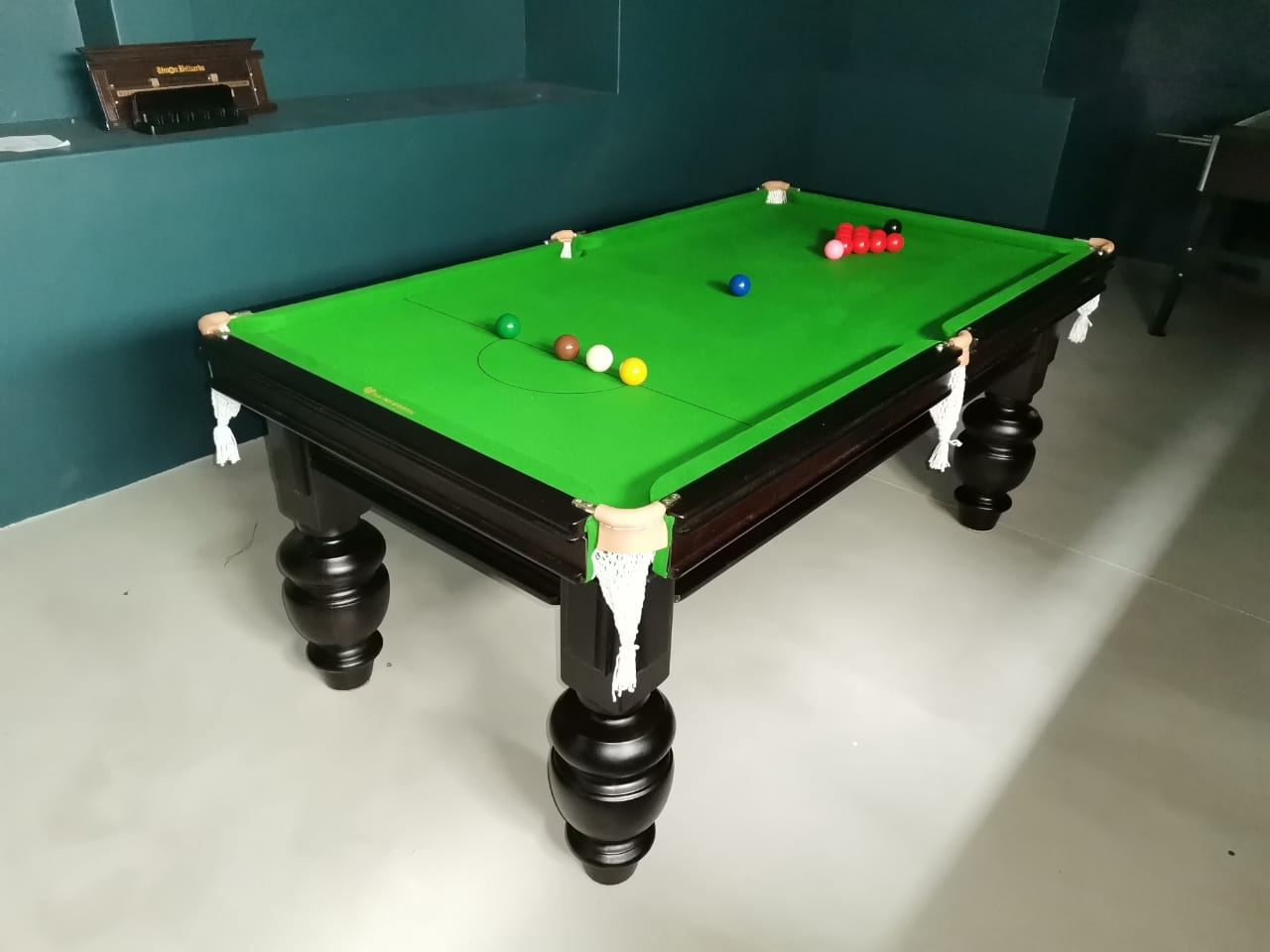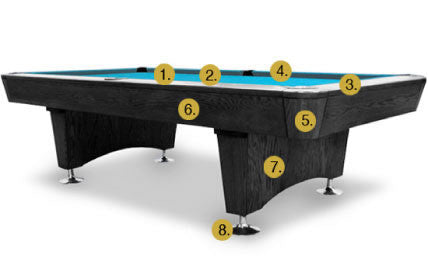
Dodgeball's rules are simple and easy-to-learn. To protect their heads from direct headshots, players must take precautions. In addition, they must protect themselves from dead balls. These rules may be enforced by a referee. When a player is eliminated, the game ends. Traditionally, this is a game played in gyms or at camps. Although there are certain rules to be aware of when playing competitive dodgeball, the game is very easy and can be played in any situation. The selection of teams can be as simple as lining up or as complex as drafting players.
Protect yourself from headshots
To stop a player taking a direct hit to the head, they must take evasive steps to block the shot. Direct headshot is when the ball directly strikes a player's head. The ball must not have touched anything before hitting a player's head (although the ball can deflect off the player's hands or body prior to hitting a head). At the time of hitting, the player must be standing straight. Any action that takes the player out of this position automatically negates the headshot.
Players must avoid direct headshots in dodgeball. The ball that leaves the thrower’s hand and strikes a player in their head is considered a deadball. If the player takes a direct headshot while standing upright, the player is safe. However, if a player is hit in the head while prone, he or she will be called out.
Dead balls
Dead balls are those balls that aren't thrown into play during a match. They are used in order to prevent multiple hits from the same object. A dodgeball game can be played on a small, rectangular court that has a centreline and two sidelines. The game is self-refereed and is governed by honour rules. However, there are four referees that are stationed at the end of the centerline. Referees will be present at the end of the centerline to start and stop the game. They will also confirm hits and count the amount of time players have had possession of the ball. Each team starts with one ball. The two balls are placed in the center line of the court. Each team has a five-second grace period before releasing a ball.

If a dodgeball thrown by one team is not within the boundaries of the other team's territory, it will be considered "dead balls". This means that the player who stepped on the boundary line of the other team is out. You must ensure that your ball is kept in the same place for at least ten seconds.
Unsportsmanlike conduct
Dodgeball has very specific rules and all players must adhere to them. Participants must wear shirt or shorts that are not made of sharp metal and no jewelry. A referee watches over the game to ensure safety and keep it moving. Referees are also responsible for deciding on contested plays. Referees make final decisions that cannot be appealed. If a player is found violating the rules they will be warned. Depending on the severity of the violation, the referee can call a technical foul.
Any participant engaging in dangerous throwing behavior may be asked to leave the game. These players will be warned by a referee and the ball handed to the opposing team. Throws that are high or close to the head of an opponent player are considered dangerous throws. A player who throws dangerously will be kicked out of the game. He/she cannot participate in any games during the match.
Overtime rules
Dodgeball, a sport that involves players trying to catch a ball live before it touches ground, is one example. The court is the boundary of play. Players are to stay within it. Players are also expelled if they touch or attempt to kick a dodgeball. If the game ends in a tie, overtime can be played to determine the winner.
Each team may only retrieve three (3) balls in their right-hand corner of the center hash. All players must be at their target line before legal throws. Teams are limited to three minutes per overtime. The winner will be the team that has the most players.

Neutral zone
The neutral zone is the area that surrounds the court's centerline in dodgeball. This area is where players can walk or hit, but they will be out of the game if they cross it. While there are several offensive and defensive strategies you can use to attack your opponent inside the neutral zone but players should avoid being touched or hit.
Two teams of six players play on the court. The teams own the balls on either side. Within 10 seconds, the team that has the most balls must give it up. Both teams have two ball retrievers to collect off-court balls. For interfering with other teams' balls or entering the neutral zone, ball retrievers will be sent off.